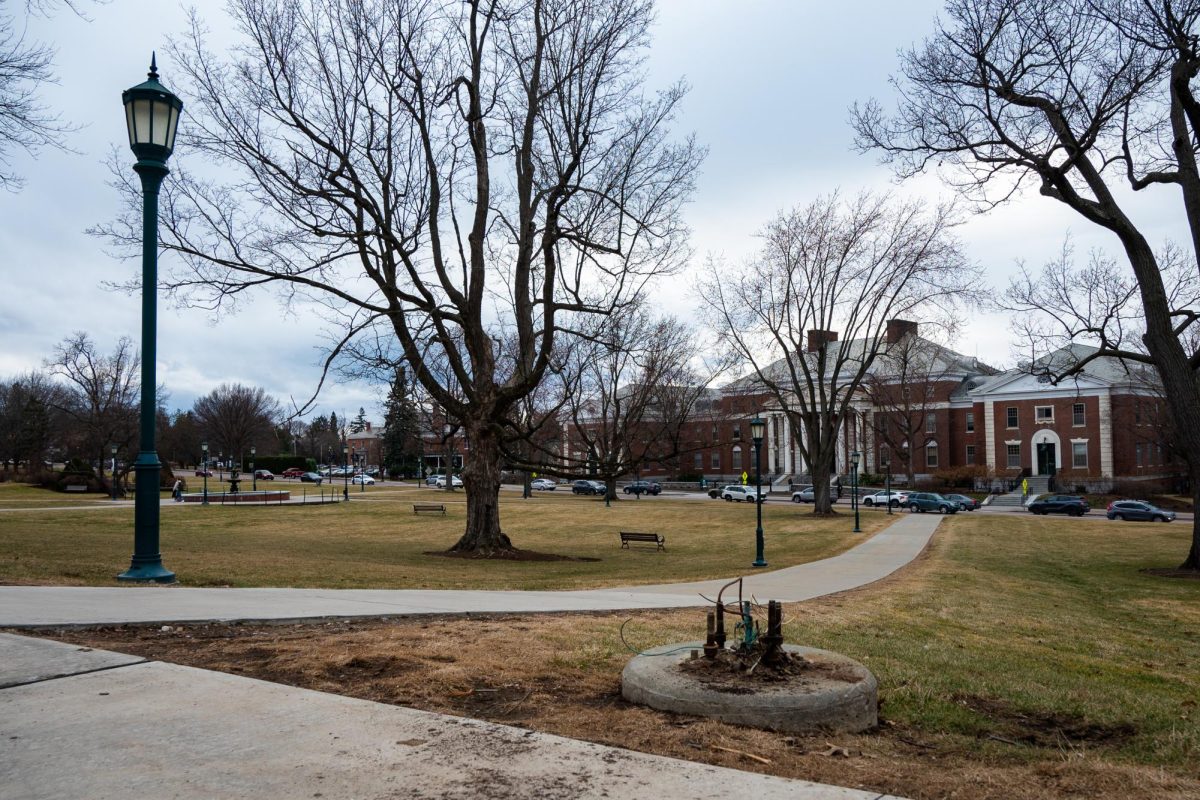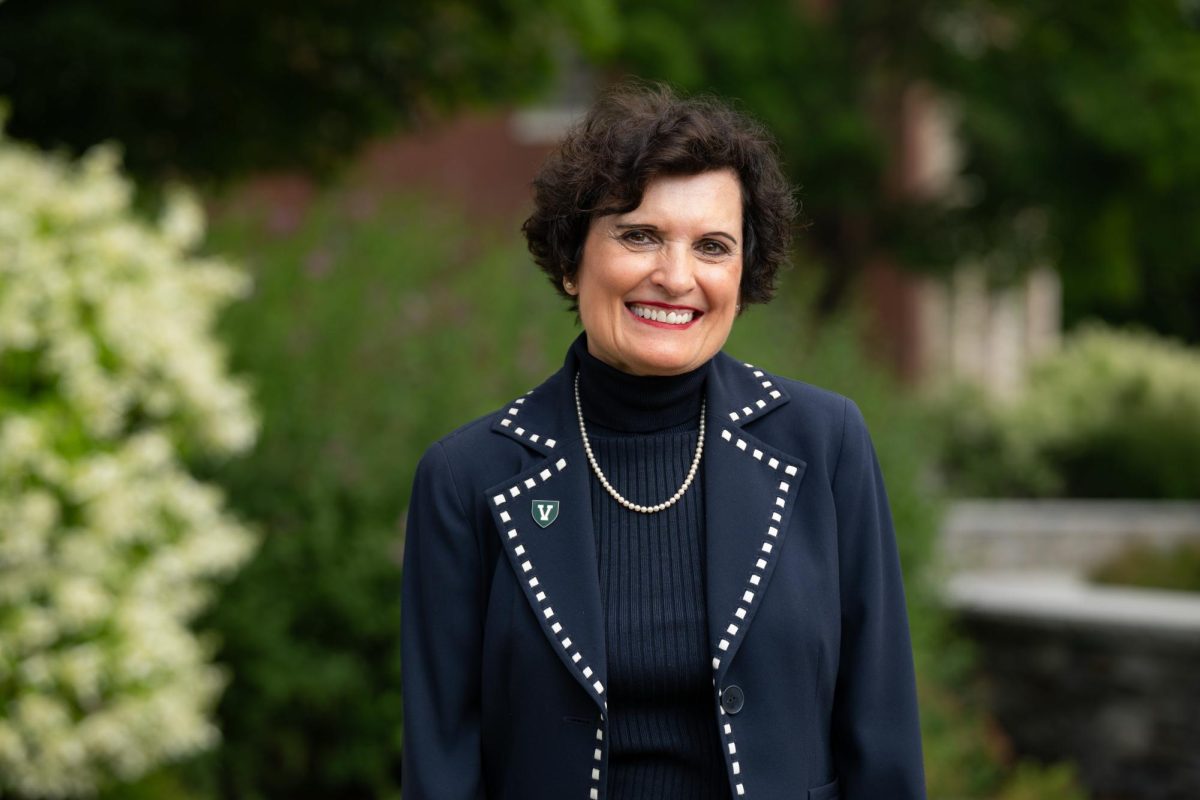The University of Vermont has experienced its first case of the H1N1 virus this fall flu season. Although the student lives off campus and is on track for a full recovery, the incident draws attention to H1N1 once again.”We know it’s around but we have not seen it in large numbers, for we have had only one other case this past spring,” director for the Center for Health & Wellbeing Jon Porter said. According to Porter, since April 2009 when the novel flu first emerged, UVM has followed the Center for Disease Control’s guidelines for pandemic prevention and preparedness. These guidelines entail thorough hand washing with soap; avoiding touching the eyes, nose and mouth; and avoiding large crowds in close proximity — similar measures taken for the seasonal flu. According to the Center for Disease Control, the major difference between the seasonal flu and H1N1 is that H1N1 mostly affects people under the age of 25, leaving college-age youths at high risk.Compared with other universities across the country, UVM has not seen the worst of the virus – Washington State University had approximately 3,000 cases of H1N1 flu this semester. “We had all the precautions set well before students got there, including hand sanitizers, flu kits and masks,” WSU Emergency Management Coordinator Christopher Tapfer said.According to Tapfer, only five or six cases were actually confirmed to be swine flu; the rest had only “flu-like symptoms” that were presumed to be the same strain.As is normal, WSU cases only lasted three to four days before the individual felt better, with no casualties or serious cases to report. H1N1 has almost identical symptoms to the seasonal flu, although according to the Center for Disease Control, H1N1 involves stomach problems, which is not usually an aspect of the seasonal flu. Also, H1N1 can be very detrimental when paired with other medical conditions.While no deaths have occurred at UVM or in Vermont, a student at Cornell University died last month from complications with the illness.The family of the student chose not to release details of the complications, besides that it involved another medical condition in combination with H1N1. In general, UVM students say they feel safe and prepared for the possibility of illness. “I think that UVM is doing a great job at keeping students informed and educating them about what they should be doing in the case that they have swine flu. It’s a worldwide concern right now,” freshman Eleanor Krause said. Freshman Elizabeth Compean said that she’s well aware of UVM’s efforts to spread flu information.”They give us preventive advice like coughing into your elbow and washing your hands, along with a list of symptoms. We get plenty of informative e-mails,” she said. Porter said that there are always people on call at the Center for Health and Wellbeing if students have questions. “We are very happy to hear from students,” he said.”We want to know about students with underlying conditions, such as asthma and heart problems, but for the majority we recommend symptomatic treatment, as you would approach any normal flu virus,” Porter added.While seasonal flu shots are available now, Porter said that the H1N1 vaccination is on its way.”We are working with the department of health to bring the H1N1 vaccine to campus within the next couple of weeks, which will be administered to students free of charge,” Porter said.
Categories:
UVM avoids worst of swine flu
October 11, 2009
0
More to Discover







